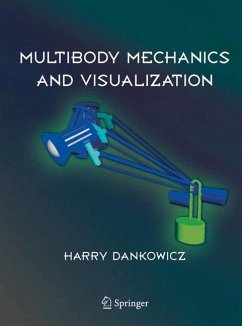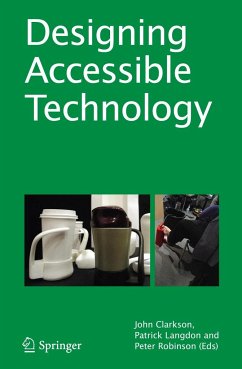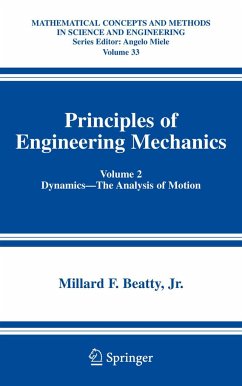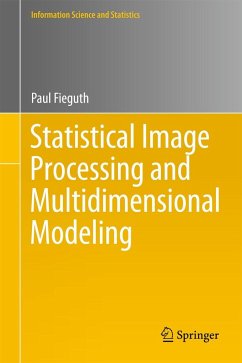
Multibody Mechanics and Visualization
Versandkostenfrei!
Versandfertig in über 4 Wochen
53,99 €
inkl. MwSt.
Weitere Ausgaben:

PAYBACK Punkte
27 °P sammeln!
Multibody Mechanics and Visualization is designed to appeal to computer-savvy students who will acquire significant skills in mathematical and physical modelling of mechanical systems in the process of producing attractive computer simulations and animations. The emphasis here is on general skills with all-round applicability rather than the ability to solve "cooked-up" problems. The approachable style and clear presentation of this text will help you grasp the essentials of: modeling the kinematics and dynamics of arbitrary multibody mechanisms; formulating a mathematical description of gener...
Multibody Mechanics and Visualization is designed to appeal to computer-savvy students who will acquire significant skills in mathematical and physical modelling of mechanical systems in the process of producing attractive computer simulations and animations. The emphasis here is on general skills with all-round applicability rather than the ability to solve "cooked-up" problems. The approachable style and clear presentation of this text will help you grasp the essentials of: modeling the kinematics and dynamics of arbitrary multibody mechanisms; formulating a mathematical description of general motions of such mechanisms; implementing the description in a computer-graphics application for the animation/visualization of the movement. Multibody Mechanics and Visualization plays down the prediction of dynamics by formal analysis of differential equations while preparing its students to perform such analyses with greater understanding later. The text relies on the following principles for effective tuition: an inductive approach to learning - discerning general patterns from particular observations; repetition and review of important principles to reinforce your learning through numerous examples; obvious visual guidance that shows you at a glance which information you need for different levels of understanding; computer tools, visual representations and elements of active learning integrated into the text to suit the way you want to learn. Supported in the text in parallel with the theoretical presentation is the simulation and animation application Mambo. In contrast with existing commercially available educational software tools, Mambo requires detailed input from you in order to define the specific geometry of a mechanism as well as the differential equations governing its behavior while allowing you to visualize the results of your efforts. The Mambo toolbox enables you to provide thesespecifications for mechanisms that would pose insurmountable algebraic challenges to manual calculation. With these tools, you will be able to see the implications of decisions made throughout the modeling process, to check your mathematical analyses, and to enjoy the fruit of your labor! Mambo can be freely downloaded from the author's website and runs under any version of MS Windows®. The toolbox is compatible with the Maple(TM) software environment and the Matlab® extended symbolic toolbox.














